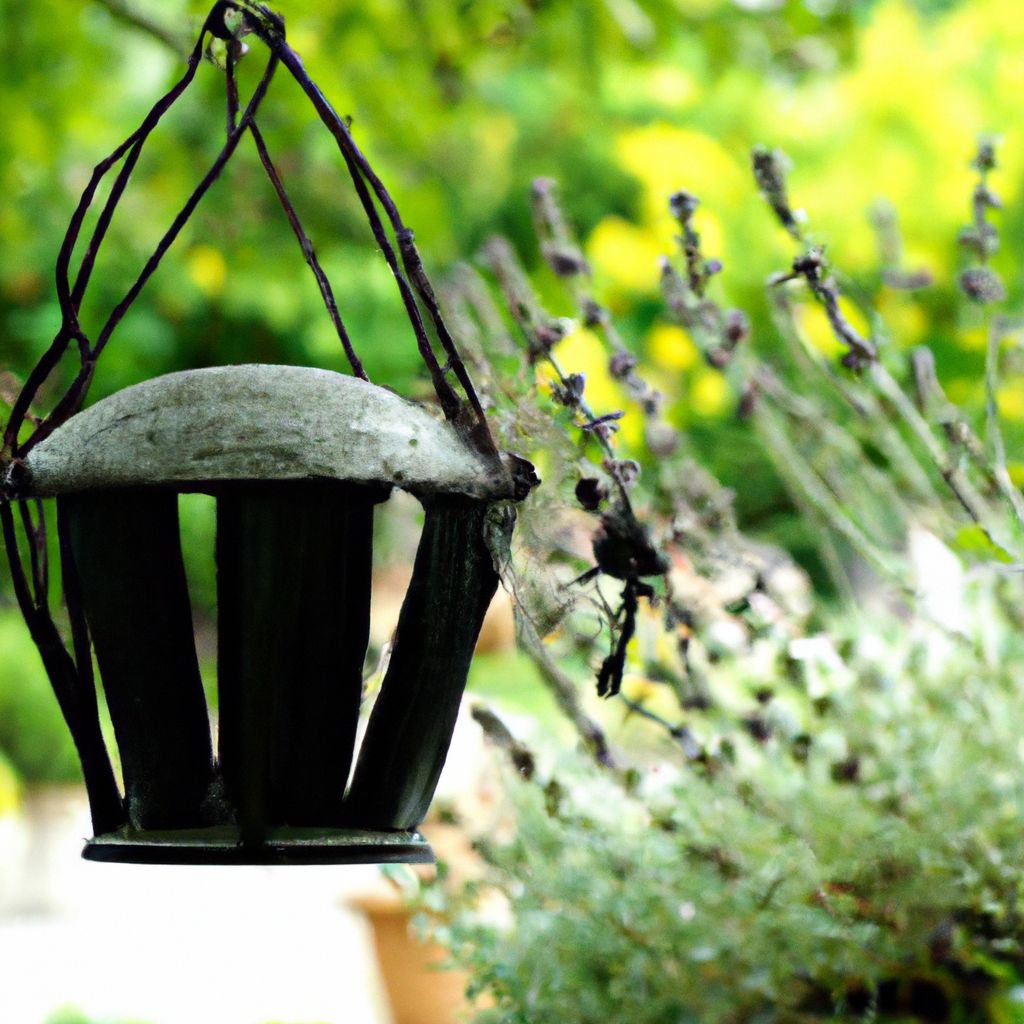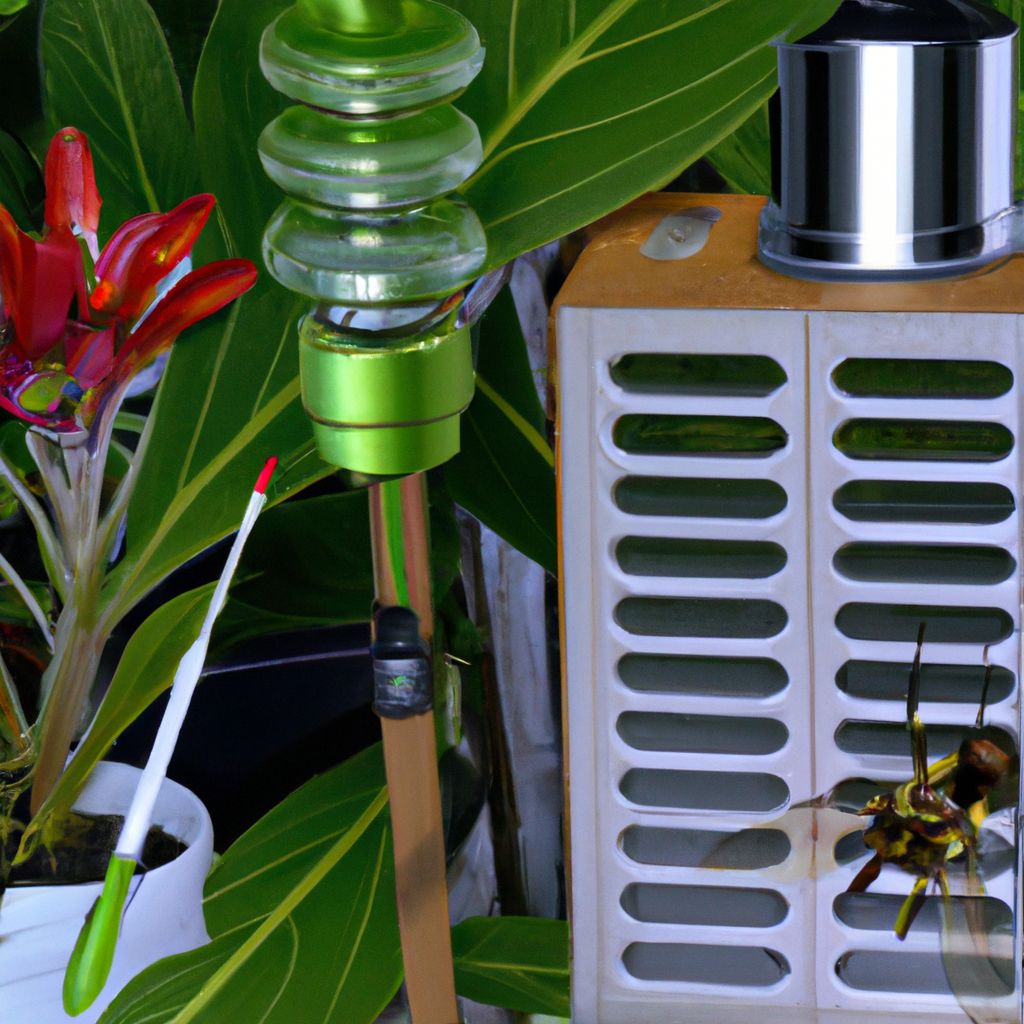Grain crops such as corn, wheat, rice, and sorghum are a major agricultural commodity worldwide. However, these valuable crops face significant threats from various bird pests that can cause extensive damage through feeding, contamination, and other destructive behaviors. Implementing effective grains pests control measures is essential for farmers to prevent losses, protect yields, and safeguard their livelihoods.
This comprehensive article explores the multifaceted issue of bird damage to grain crops by covering the importance of bird control, common bird pests and their behaviors, control methods, best practices for successful bird management, and tips for supporting bird populations responsibly.
Why Bird Control is Crucial for Safeguarding Grain Crops
Birds pose one of the most major risks to ripening grain crops across the world. Species such as crows, starlings, sparrows, pigeons, blackbirds, and grackles can decimate entire fields of corn, wheat, rice, sorghum, millet, and other grains. According to research, bird damage accounts for approximately 5-15% loss in grain yield annually. In monetary terms, this pest bird damage causes billions in economic losses to the agricultural industry globally.
Birds inflict damage through direct feeding on the ripening grains in fields. Large flocks can descend and devour significant portions of the yield. Birds also peck open seed heads and remove the contents. Other destructive behaviors include trampling and breaking stalks and digging up newly planted seeds. Their droppings also contaminate the grain, presenting health hazards and reducing quality.
Preventing birds from accessing ripening crops and deterring them from fields during vulnerable stages is therefore crucial. If left unchecked, bird flocks can wipe out crops rapidly, leaving farmers with almost no harvest after months of work and investment. Implementing strategic bird control allows farmers to reap the full value of grain yields after harvest.
Why is Bird Control Necessary?
- Birds cause direct yield losses by consuming grains
- Large flocks can decimate crops rapidly
- Birds peck open seed heads and remove contents
- Droppings contaminate grain, presenting health risks
- Digging up seeds and breaking stalks also inflicts damage
- Financial losses to farmers amount to billions annually
- Preventing access and deterring birds protects yields

Identifying Common Bird Pests in Grain Fields
The first step in implementing strategic bird control is identifying the most common and problematic bird pests for the specific region and grain crops. The major pest species may vary by location, climate, and agriculture patterns. However, some birds pose widespread risks.
Major Grain Crop Pest Birds
- Sparrows – House sparrows & Eurasian tree sparrows
- Pigeons – Rock pigeons & Band-tailed pigeons
- European starlings
- Crows – American crows, Northwestern crows, Fish crows
- Blackbirds – Red-winged blackbirds, Brewer’s blackbirds
- Grackles – Common grackles, Great-tailed grackles
Sparrows
One of the most common bird pests for grain fields worldwide is sparrows. House sparrows and Eurasian tree sparrows cause substantial damage, especially to wheat, sorghum, rice, and corn. As granivorous birds, they directly consume the grains, devastating yields.
Pigeons
Pigeons are another prevalent bird pest of grain crops. Rock pigeons and band-tailed pigeons greedily feed on grains, capable of decimating entire fields. Their droppings also contaminate grain.
European starlings
Highly invasive European starlings are known for forming large destructive flocks. They damage grains both through direct feeding and by eating insects that are crop pests.
Crows
Crows such as American crows, northwestern crows, and fish crows target grain fields, digging up newly planted seeds and plucking ripening heads. Their intelligence poses an added challenge.
Blackbirds
Red-winged blackbirds in particular pose risks to grain crops in some regions. They congregate in large flocks and voraciously feed on grains.
Grackles
Common grackles and great-tailed grackles also gather in destructive flocks. They ravage grains and spread droppings.
By identifying the specific bird pests for the region and crops grown, farmers can tailor control methods accordingly. Analyzing pest bird behaviors also allows for effective management strategies.
Methods to Control Birds in Grain Fields
Once problematic bird species are identified, appropriate control methods can be implemented to reduce damage. Integrating multiple techniques is key for the best protection. Strategies include:
Visual Bird Deterrents
Visual scare tactics create the perception of threat, discouraging birds from fields.
- Scarecrows – Traditional or automated models with moving parts
- Reflective items – Tape, foil, mirrors create flashes
- Falconry – Trained hawks or falcons chased by handlers
- Predator kites/effigies – Simulate birds of prey like hawks and eagles
Auditory Bird Deterrents
Unpleasant noises deter birds and disrupt flocking behavior.
- Bio-acoustics – Recordings of bird distress & predator calls
- Noise cannons – Propane-powered cannons emit loud booms
- Pyrotechnics – Shellcrackers, bird bombs emit flashes & noises
- Ultrasonics – High-frequency sounds repel birds (inaudible to humans)
Physical Bird Barriers
Physical obstructions deny birds access to crops.
- Netting – Fine mesh nets exclude birds
- Wires – Multi-strand wires or porcupine wires over fields
- Structural – Covered feeding barns or enclosed baiting areas
Chemical Bird Repellents
Non-toxic sprays create an unpleasant feeding experience.
- Methyl anthranilate – Artificial grape flavoring irritates birds
- Avian control – Plant-derived, biodegradable formula
Implementing Successful Bird Control Measures
To achieve effective protection, proper implementation of bird control strategies is key. Some best practices include:
Optimal Timing
- Initiate control measures when crops become vulnerable, not before
- Monitor fields and deploy deterrents at first signs of bird flocks
- Consider pest bird migration patterns and feeding trends
Rotation of Deterrents
- Alternate different visual, acoustic and other deterrents
- Prevent birds from becoming accustomed to any single method
- Adapt approaches based on real-time monitoring of effectiveness
Proper Equipment Maintenance
- Regularly inspect devices for wear and functionality
- Replace damaged tape, wires, noise-makers as needed
- Check power sources and batteries for scarecrows or sound devices
- Ensure proper coverage over entire crop area
Habitat Modification
- Eliminate bird roosting or nesting sites near crops
- Manage weed growth and alternate food sources around fields
- Carefully monitor bait piles if used for trap and removal
Population Reduction
- Lethal control such as trapping or shooting if legal and warranted
- Conduct within regulations and permit frameworks
- Avoid during nesting season to prevent reproduction issues

Supporting Bird Populations Responsibly
Alongside grains pest control measures, supporting bird communities through habitat conservation is ecologically important. This also reduces pressure on crops. Useful practices include:
- Plant native trees, shrubs, and plants to attract birds
- Install feeders and nest boxes away from fields
- Provide water sources like bird baths
- Eliminate pesticide use that harms birds and insects
- Collaborate with neighbors to expand bird habitats
- Follow regulations related to lethal control and hunting
With research, planning, and integrated pest management strategies, grain crops can be protected from bird damage while also promoting ecological balance. The keys are proper identification of problematic species, tailored deterrent techniques, strategic implementation, and responsible habitat support. By managing grain field birds sustainably, farmers can both boost yields and contribute to avian conservation.
















































